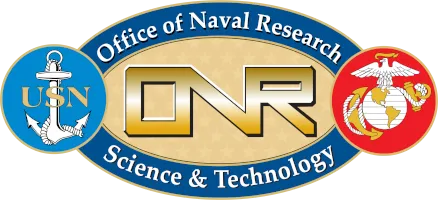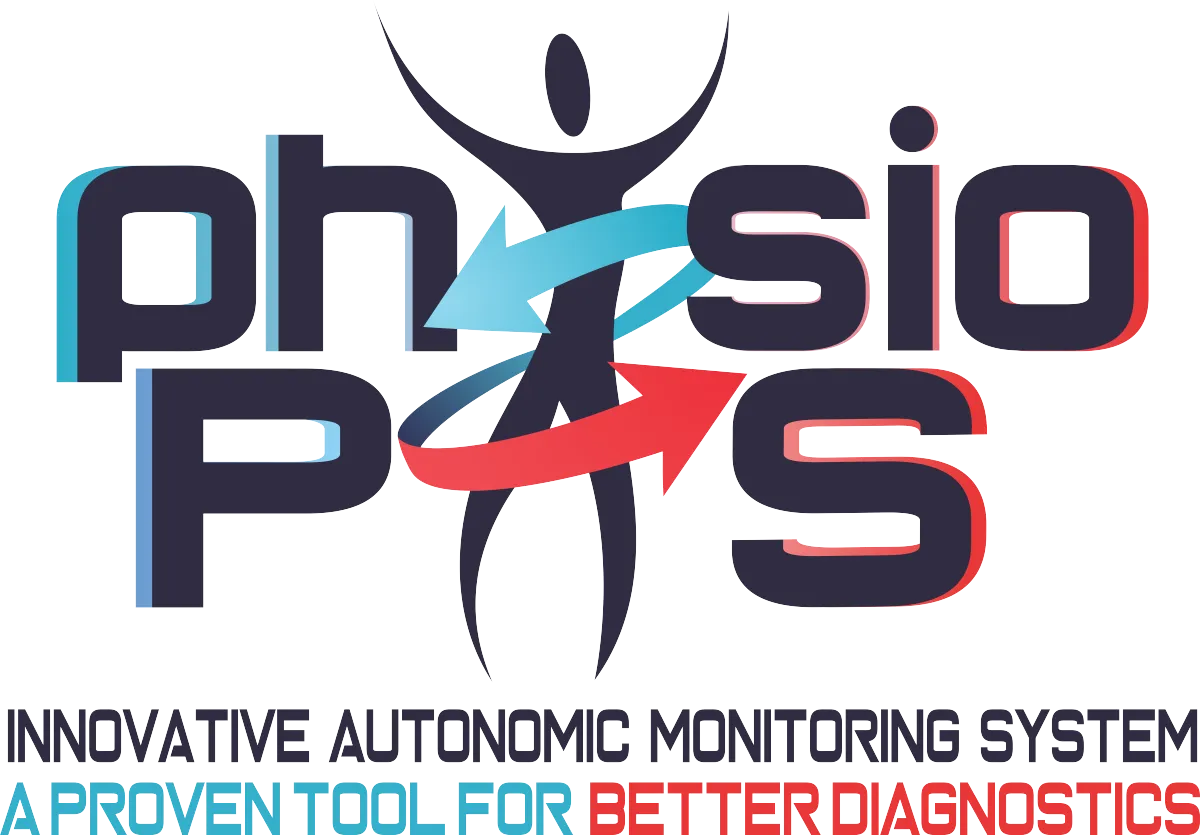Let us help you!
Researchers Welcome
Thank you for your interest in Physio PS’s Research Program. Physio PS is proud to offer its Physio PS 4.0 software to approved researchers on a 1-year renewable research license.
Physio PS technologies have been, or are being, used for research at the following institutions:
If you’d like more information on our Research Program, please complete the form below.
The Science
This is a sampling of books, articles, publications, and research that you may find useful. Please select the title and expand to read.
Books Written Bases On The Physio PS Technology
Clinical Autonomic Dysfunction
This book presents the concepts underlying the measurement of parasympathetic and sympathetic (P&S) activity in the autonomic nervous system and the application of these measurements in the development of therapeutic guidelines for treating dysfunctions in these processes.
It provides an overview of the anatomy, physiology, and biochemistry of the autonomic nervous system; details general clinical applications of P&S monitoring that are independent of specialty or disease; presents the pathophysiology of P&S dysfunction in specific disorders, expected test results, therapeutic options, and expected outcomes; and includes case studies and longitudinal studies that demonstrate the major concepts for the common diseases for which P&S monitoring is recommended.
Clinical Autonomic Dysfunction enables clinicians to improve patient outcomes by identifying and treating clinical problems related to autonomic nervous system disorders
Clinical Autonomic and Mitochondrial Disorders
This book establishes and specifies a rigorously scientific and clinically valid basis for non pharmaceutical approaches to many common diseases and disorders found in clinical settings. It includes lifestyle and supplement recommendations for beginning and maintaining autonomic nervous system and mitochondrial health and wellness.
The book is organized around a six-pronged mind-body wellness program and contains a series of clinical applications and frequently asked questions. The physiologic need and clinical benefit and synergism of all six aspects working together are detailed, including the underlying biochemistry, with exhaustive references to statistically significant and clinically relevant studies. The book covers a range of clinical disorders, including anxiety, arrhythmia, atherosclerosis, bipolar disease, dementia, depression, fatigue, fibromyalgia, heart diseases, hypertension, mast cell disorder, migraine, and PTSD.
Clinical Autonomic and Mitochondrial Disorders: Diagnosis, Prevention, and Treatment for Mind-Body Wellness is an essential resource for physicians, residents, fellows, medical students, and researchers in cardiology, primary care, neurology, endocrinology, psychiatry, and integrative and functional medicine. It provides therapy options to the indications and diagnoses published in the book Clinical Autonomic Dysfunction.
Ehlers-Danlos/ Hypermobility Collagen Disorders
There are two aspects of teaching that are required and provided by this book: improved understanding of EDS/HSD and improved understanding of P&S (autonomic) dysfunction and treatment. For example, with the autonomic nervous system, more treatment or therapy is never better. Relief of P&S dysfunction must be low and slow to prevent causing more symptoms from higher doses of medication or polypharmacy. To this end, stress often sets patients back and both providers and patients alike must have proper expectations set for successfully improving patient outcomes (quality of life and productivity).
The book starts with an introduction to and history of the disorder. Chapter II provides a review of the genetics of collagen, the source of the disorders. Chapters III through IX detail the various forms of EDS/HSD and goes into more detail on the more common and more well-known variants of EDS/HSD. Chapter X discusses structural cardiovascular and pulmonary dysfunction associated with EDS/HSD. Chapter XI discusses structural gastrointestinal and urogenital dysfunction associated with EDS/HSD. The book ends with Chapter XII, which details the involvement of the P&S nervous systems and how to treat, which also has general application to other chronic disorders.
This is an ideal guide for rheumatologists and primary care physicians treating patients with Ehlers-Danlos and hypermobility syndromes, and patients and their loved ones in understanding their disease and disorders and the associated treatments and therapies.
Articles, Publications, And Research Including The Physio PS Technology
Autonomic Nervous System Monitoring: Failed Clinical Utility
The Importance of Parasympathetic Monitoring
As the title may suggest, the use of ANS monitoring may not lead to accurate clinical diagnoses and treatment for many ailments using other technologies available to healthcare professionals. What is missing from this title is the fact that without measuring the Parasympathetic nervous system in total and independently, a correct diagnosis would not be provided. This problem exists in the industry through HRV (Heart Rate Variability) btb-readings, such as btb-Blood Pressure, Pulse Wave Velocity, and more.
The Importance of ALA in Maintaining Antioxidant Balance
OXIDATIVE STRESS: Alpha Lipoic Acid & Coenzyme Q-10
Oxidative stress is a process whereby Free Radicals that are produced by the body cause injury to the tissues themselves; especially one of the most important organelles in the cell, the organelle that produces energy, The Mitochondria. Oxidation is the process of burning, think of fire, or rusting, think of iron.
Cardiac Autonomic Testing And Diagnosing Heart Disease. “A Clinical Perspective” 1 Of 2
Coronary heart disease (CHD) is a major health concern, affecting nearly half the middle-aged population and is responsible for nearly one-third of all deaths. Clinicians have responsibilities beyond diagnosing CHD, including risk stratification of patients for major adverse cardiac events (MACE), modifying the risks, and treating the patient. In this first of a two-part review, identifying risk factors is reviewed, including more potential benefits from autonomic testing.
Cardiac Autonomic Testing And Treating Heart Disease. “A Clinical Perspective” 2 Of 2
Coronary heart disease (CHD) is a major health concern, affecting nearly half the middle-age population and responsible for nearly one-third of all deaths. Clinicians have several major responsibilities beyond diagnosing CHD, such as risk stratification of patients for major adverse cardiac events (MACE) and treating risks, as well as the patient. This second of a two-part review series discusses treating risk factors, including autonomic dysfunction, and expected outcomes.
Improved Patient Outcomes By Normalizing Sympathovagal Balance: Differentiating Syncope—precise Subtype Differentiation Leads To Improved Outcomes
Syncope is difficult to definitively diagnose, even with tilt-table testing and beat-to-beat blood pressure measurements, the gold-standard. Both are qualitative, subjective assessments. There are subtypes of syncope associated with autonomic conditions for which tilt-table testing is not useful. Heart rate variability analyses also include too much ambiguity.
Noninvasive Monitoring Of The Autonomic Nervous System And Hemodynamics Of Patients With Blunt And Penetrating Trauma
To describe early effects of sympathetic (SNS) and parasympathetic nervous system (PSNS) activities measured by heart rate (HR) and respiratory rate variabilities simultaneously with noninvasive hemodynamic patterns in patients with blunt and penetrating trauma.
Routine Measurements Of Cardiac Parasympathetic And Sympathetic Nervous Systems Assists In Primary And Secondary Risk Stratification And Management Of Cardiovascular Clinic Patients
Reviewing our studies of the ease and importance of Parasympathetic and Sympathetic (P&S) measures in managing cardiovascular patients.
Differential Effects of Adrenergic Antagonists (Carvedilol vs. Metoprolol) on Parasympathetic and Sympathetic Activity: A Comparison of Measures 1 of 2
Cardiovascular autonomic neuropathy (CAN) is recognized as a significant health risk. Specific and sensitive measures of CAN are needed for early identification and treatment to avoid complications, preferably in the preclinical state.
Differential Effects of Adrenergic Antagonists (Carvedilol vs. Metoprolol) on Parasympathetic and Sympathetic Activity: A Comparison of Clinical Results 2 of 2
Cardiovascular autonomic neuropathy (CAN) is recognized as a significant health risk, correlating with the risk of heart disease, silent myocardial ischemia, or sudden cardiac death. Beta-blockers are often prescribed to minimize risk.
Ranolazine Improves Autonomic Balance In Heart Failure When Added to Guideline Driven Therapy
The effect of ranolazine (RAN) on cardiac autonomic balance in congestive heart failure (CHF) was studied.
Ranolazine Preserves and Improves Left Ventricular Ejection Fraction and Autonomic Measures When Added to Guideline-Driven Therapy in Chronic Heart Failure
Ranolazine (RAN) reduces cardiac sodium channel 1.5’s late sodium current in congestive heart failure (CHF), reducing myocardial calcium overload, potentially improving left ventricular (LV) function. RAN blocks neuronal sodium channel 1.7, potentially altering parasympathetic and sympathetic (P&S) activity. The effects of RAN on LV ejection fraction (LVEF) and P&S function in CHF were studied.
Ranolazine Therapy Reduces Non-ST-Segment-Elevation Myocardial Infarction and Unstable Angina in Coronary Disease Patients with Angina
High sympathetic tone and cardiac autonomic neuropathy (CAN) are associated with major adverse cardiac events (MACE). We have shown ranolazine (RAN) improves autonomic function. RAN was introduced to 51 successive anginal CD patients (RANCD). A control group of 54 successive nonanginal CD patients (NORANCD) continued baseline therapy.
Routine Measurements of Cardiac Parasympathetic and Sympathetic Nervous Systems Assists in Primary and Secondary Risk Stratification and Management of Cardiovascular Clinic Patients
Reviewing our studies of the ease and importance of Parasympathetic and Sympathetic (P&S) measures in managing cardiovascular patients.
Autonomic Mechanisms and Therapeutic Implications of Postural Diabetic Cardiovascular Abnormalities
Reviewing our studies of the ease and importance of Parasympathetic and Sympathetic (P&S) measures in managing cardiovascular patients.
Copyright 2025 Physio PS, Inc. All Rights Reserved.
The material and information provided by Physio PS is for general information purposes only. You should not rely upon this material or information for basis of making healthcare, treatment, or diagnosis decisions. While Physio PS strives to provide the most correct and up-to-date information and data, Physio PS makes no representations or warranties of any kind, expressed or implied, about the completeness, accuracy, reliability, suitability, or availability with respect to the information, products, services, or related graphics contained. Any reliance placed on such material is therefore strictly at your own risk. Reporting Information is supplied under license by NCRC LLC. * ‘RFa’ is known to be a measure of Parasympathetic activity and ‘LFa’ is known to be a measure of Sympathetic activity, based on reference: Colombo J, Arora RR, DePace NL, Vinik AI, Clinical Autonomic Dysfunction: Measurement, Indications, Therapies, and Outcomes. Springer Science + Business Media, New York, NY; 2014.













Facebook
Instagram
X
LinkedIn
Youtube